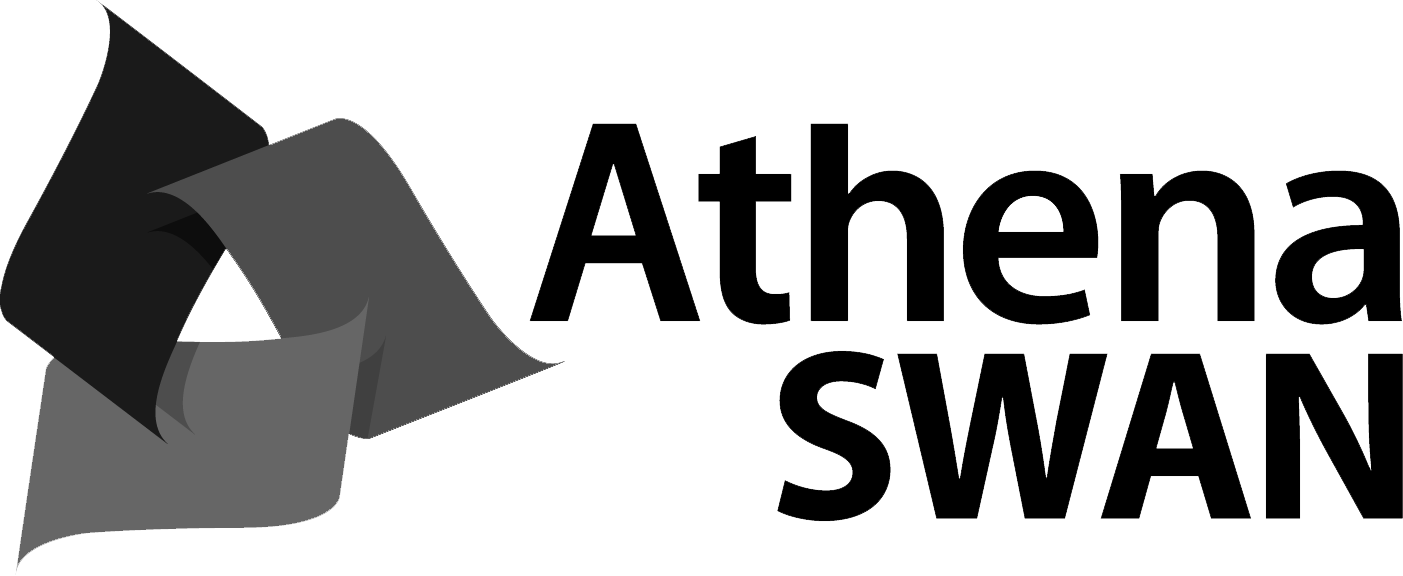Digital Effects are increasingly important in screen arts production. This unit of study will equip you with a conceptual understanding and technical expertise in the use of digital effects for film and video projects. You will be introduced to the use of compositing software such as Adobe After Effects to explain how moving images can be transformed over time in combination with text, masks, animation, filters, effects, and sound. You will learn how to work with After Effects through an intensive series of tutorials, film/video screenings and practical studio workshops, and use this knowledge and skills to complete a substantial creative project.
Unit details and rules
| Academic unit | Sydney College of the Arts |
|---|---|
| Credit points | 6 |
| Prerequisites
?
|
12 credit points at 1000 level in Visual Arts subject area or 12 credit points at 1000 level Studio Foundation units in Bachelor of Visual Arts |
| Corequisites
?
|
None |
|
Prohibitions
?
|
None |
| Assumed knowledge
?
|
None |
| Available to study abroad and exchange students | Yes |
Teaching staff
| Coordinator | Jane Gavan, jane.gavan@sydney.edu.au |
|---|---|
| Tutor(s) | Ellen Dahl, ellen.dahl@sydney.edu.au |





